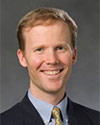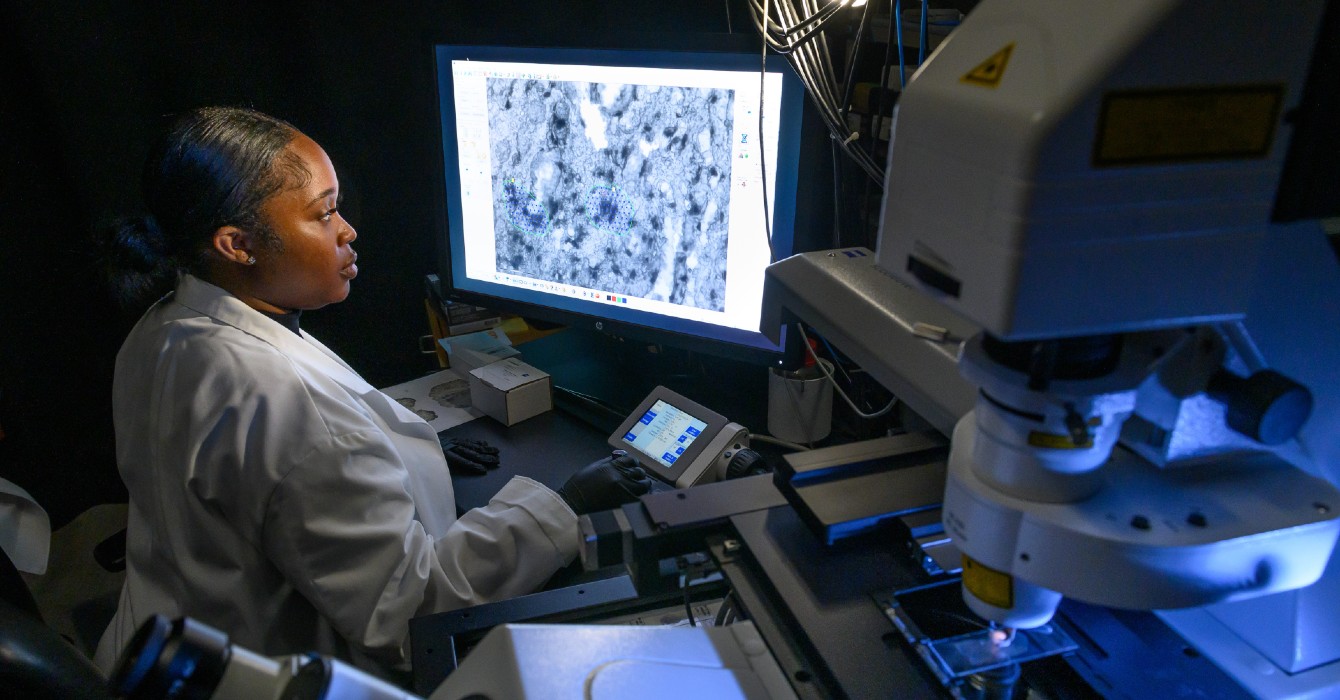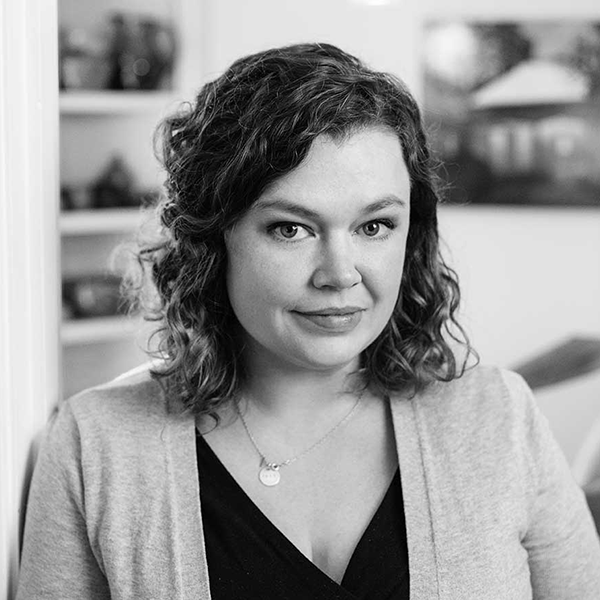As a psychiatrist, I have learned never to see mental health problems such as depression and anxiety only as “inside-out” issues -- starting inside a person’s body and brain and then showing up in the world of relationship and community.
They may also be “outside-in” -- arising from difficulties in relationship and community and then showing up in a person’s body and brain. Both perspectives are essential.
In much the same way, it is not sufficient to attribute the suffering and death associated with COVID-19 to the physiological effects of the SARS-CoV-2 virus. That is only part of the truth.
It is necessary also to recognize that this suffering and death is caused by long-standing, preexisting pathologies of relationship and community that have been sickening and killing vulnerable people for years and now rage even more virulently with a pandemic upon us.
Healing in the way of Jesus requires both that we welcome biological treatments for COVID-19 and that we name and address the hostile forces that are following well-worn grooves of sin, injustice and oppression to amplify the risk of COVID-related suffering and death.
What do I mean by “healing in the way of Jesus”? The biblical stories of Jesus’ healing ministry reveal three aspects of true healing, of healing that can lead to wholeness: reversal, rescue and restoration.
When we think about healing, we often think primarily about reversal of some disease process that has taken hold of the body. Reversal of disorder and decay was indeed a central dimension of Jesus’ healing.
Just as medical researchers and practitioners across the world are working to forestall and reverse the ravages of COVID-19, Jesus went about curing diseases and reversing long-standing impairments (Mark 10:46-52; John 5:1-9). Taking this reversal to the limit, he even brought the dead back to life (John 11:1-44).
But even if the coronavirus curve were to disappear tomorrow, we would not yet be healed in the way of Jesus.
Jesus challenges us with a much more holistic vision than that of biomedicine, encouraging us to think carefully about both the causes of suffering and the nature of healing.
In addition to reversal of disorder and decay, Jesus’ healing embodied rescue from hostile and oppressive powers and restoration to relationship and community. Nearly all of the healing narratives of the Gospels and the book of Acts reflect at least two, and often all three, of these dimensions.
Jesus’ healing rescued people from hostile and oppressive powers. Oppressive powers or spirits were sometimes causally linked with disease states in Jesus’ time. Spirits could cause seizures (Matthew 17:14-18) or behaviors that today would be labeled signs of mental illness, as in the case of the Gerasene man living among the tombs (Mark 5:1-5). But Jesus regularly and consistently threw these powers out, and those who were afflicted were healed.
It is hard for us to understand what the writers of the Synoptic Gospels and Acts meant by the terms “demons” and “unclean spirits.” They do not easily fit into modern ways of thinking that depict reality -- including the reality of disease -- simply in terms of material forces and mechanisms.
But for those in Jesus’ time, evil death forces were acknowledged as unseen yet devastatingly real, afflicting certain people with suffering and rendering them even more vulnerable than before. These death forces were personal but also cosmic.
Though not reducible to social systems, they sometimes operated in sociopolitical context, as when the unclean spirits afflicting the Gerasene man identified themselves as “Legion,” the term for the most recognizable unit of the occupying Roman army (Mark 5:9).
The novel coronavirus is not itself an unclean spirit. But what is clear by now is that much of the suffering and death of COVID-19 is related to unseen yet devastatingly real oppressive forces that afflict vulnerable people and leave them even more vulnerable when the virus hits.
Black Americans are dying of COVID-19 at vastly disproportionate rates because of centuries of layered, systematic, sinful oppression inside and outside our health care institutions -- oppression that has exploded in visibility in light of the killing of George Floyd.
Prisons, homeless shelters and nursing homes are often local epicenters of COVID-19 cases. Though the staff of these facilities are doing their best, the reasons that many people are housed there have to do with various unseen yet devastatingly real death forces. Healing in the way of Jesus would enable these forces to be recognized, named and thrown out.
Jesus’ reversal of disorder and decay and rescue from hostile and oppressive powers often enabled restoration to relationship and community.
In Jesus’ day, as in ours, those who were sick or disabled were often stigmatized -- considered unclean or impure -- and excluded from the community of the able-bodied. Jesus did not accept this stigma. He took particular care to associate himself with those who were judged to be unclean, impure and unworthy. And he often healed them.
But this healing was not only a physiological healing or a “spiritual” healing. It was also a social healing that removed stigma and restored those who were healed to the center of communal life (Mark 5; Luke 17:11-14).
At other times, as with the raising of Lazarus, Jesus’ healing allowed families and communities to be restored. His healing did not just leave bodies whole. It left communities whole as well.
This third dimension of healing is also deeply needed in the time of the COVID-19 pandemic. The social carnage of the pandemic is already immense and will grow even worse. Social isolation, loneliness, unemployment, food insecurity, housing insecurity and poverty were all associated with increased risk of death and adverse health outcomes even before the pandemic -- and all are on the rise.
In our fractured and wounded culture, nothing is hidden that will not be disclosed. What, then, can we do to seek healing in the way of Jesus?
First, we can continue what most of us are already doing. Pray for effective treatments and vaccines. Wash our hands, wear masks in public, tolerate Zoom meetings, follow guidelines for social distancing and avoid placing those who are vulnerable at risk of contagion.
Then second, we can acknowledge with repentance that these practices are all much more available and attainable for those who (like me) wield power and privilege than for those who do not -- and that even these health-conscious practices may perpetuate oppressive death forces that compound the suffering of those who are already vulnerable.
We can pray for the wisdom to recognize these forces, especially when we benefit from them. This requires that we deliberately seek the perspectives of those in our communities who are different from us.
We can open ourselves to hearing how the pandemic is further deepening preexisting wounds in relationship and community -- and commit ourselves to the long work of reducing inequities, redistributing power and seeking solidarity and shalom.
Finally, we can acknowledge with humility that the work of healing is too great for us. Our best medical technologies cannot yet eliminate COVID-19-related deaths. Our best attempts at naming and fighting destructive powers and repairing broken communities cannot deliver complete or lasting shalom.
Like the earliest disciples, we find ourselves at a loss (Mark 9:28). But at times like this, Jesus reminds us that the work of healing is not ours but God’s. We are simply given the grace to participate -- and in that grace, we find the courage and hope to take one step at a time.
We will, God willing, eventually begin to emerge from the death wave of COVID-19. But after the mortality curves have dropped and schools have reopened, the work of healing -- true healing, in the way of Jesus -- will have just begun.






















